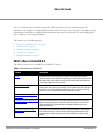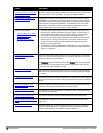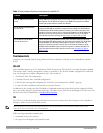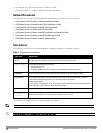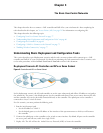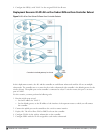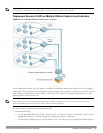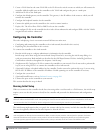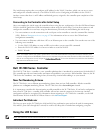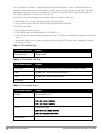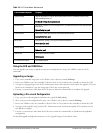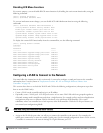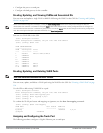
NOTE: Each wireless client VLAN must be configured on the controller with an IP address. On the uplink switch or router, you must
configure static routes for each client VLAN, with the controller’s VLAN 1 IP address as the next hop.
Deployment Scenario #3: APs on Multiple Different Subnets from Controllers
Figure 6: APs on Multiple Different Subnets from Controllers
In this deployment scenario, the APs and the controller are on different subnetworks and the APs are on multiple
subnetworks. There are routers between the APs and the controller. The controller is connected to a layer-2 switch or
router through a trunk port that carries traffic for all wireless client VLANs. An upstream router functions as the
default gateway for the wireless users.
NOTE: This deployment scenario does
not
use VLAN 1 to connect to the layer-2 switch or router through the trunk port. The initial
setup prompts you for the IP address and default gateway for VLAN 1; use the default values. In later steps, you configure the
appropriate VLAN to connect to the switch or router as well as the default gateway.
For this scenario, you must perform the following tasks:
1. Run the initial setup.
l Use the
default
IP address for VLAN 1. Since VLAN 1 is
not
used to connect to the layer-2 switch or router
through the trunk port, you must configure the appropriate VLAN in a later step.
l Do
not
specify a default gateway (use the default “none”). In a later step, you configure the default gateway.
DellPowerConnectW-SeriesArubaOS6.2 | User Guide TheBasicUser-CentricNetworks | 68




